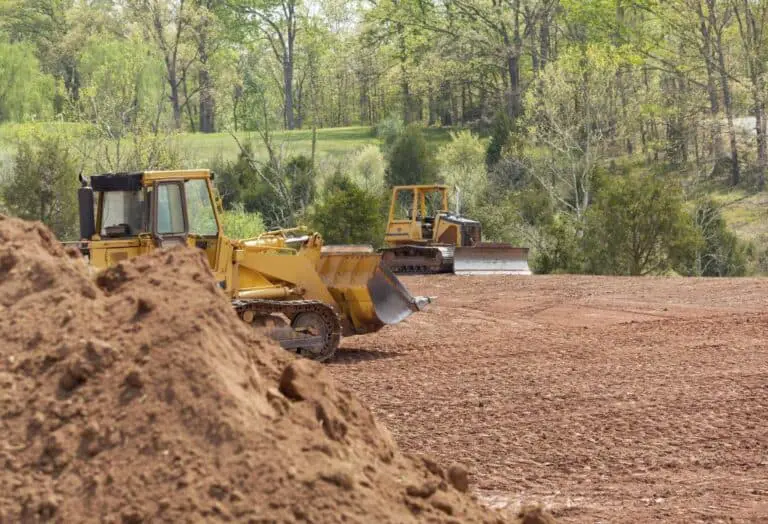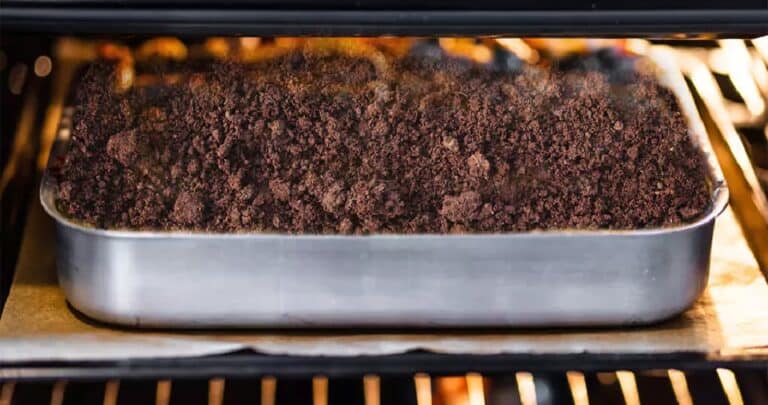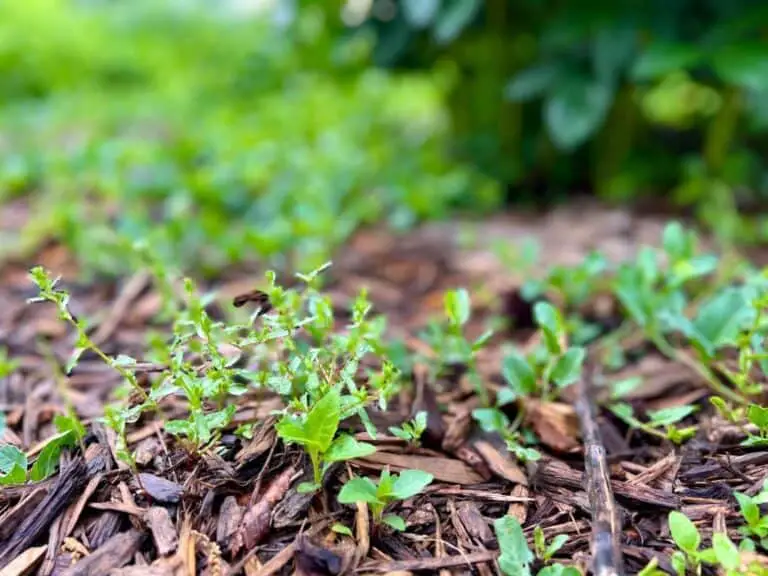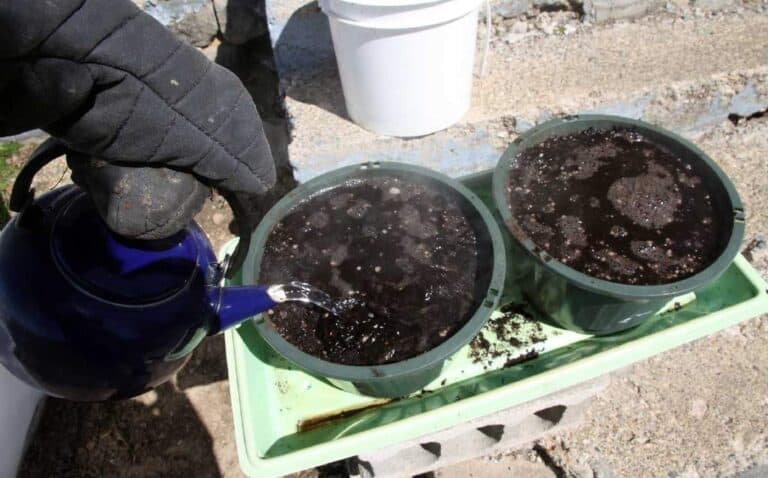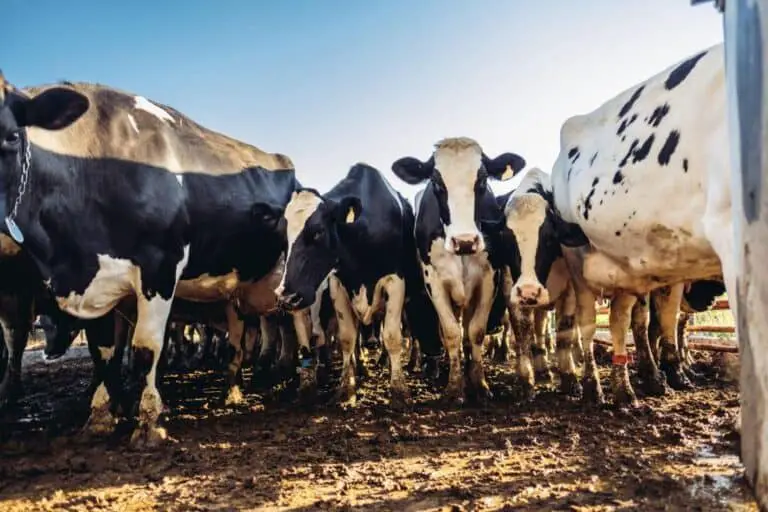The Fastest Way to Compost Grass Clippings: Expert Tips and Techniques
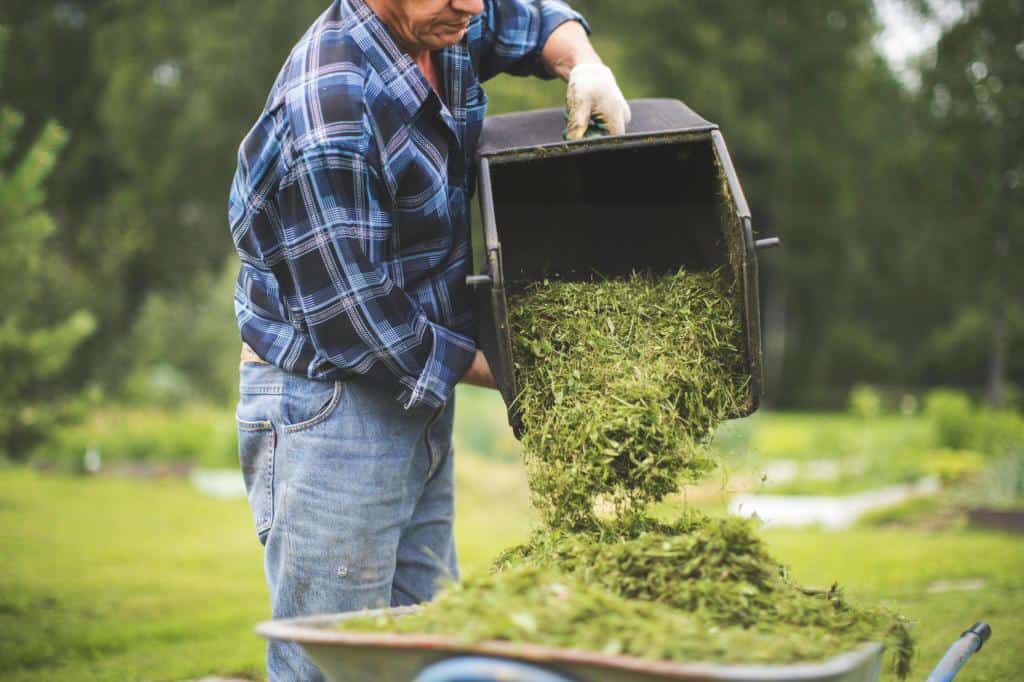
Imagine a vibrant green lawn, freshly mowed and smelling of summer. As the clippings spread across the grass, have you ever wondered what happens to those bits of organic matter? Instead of consigning them to the landfill, consider harnessing their potential through composting. This environmentally friendly practice reduces waste. It also transforms your clippings into nutrient-rich goodness as compost for your flower beds or garden.
Composting has long been championed as a sustainable way to break down organic materials. It creates a dark, crumbly soil amendment that nourishes plants naturally. However, when it comes to composting grass clippings specifically, there is an added sense of urgency.
Speed matters in the decomposition process. These fresh-cut pieces can quickly turn slimy if left unattended. Understanding the quickest path to composting grass clippings becomes vital. This helps maximize benefits, minimize odor, and reduce pests.
In this comprehensive guide, we will explore expert tips and techniques. They allow you to accelerate the composting process for your grass clippings. From optimizing ingredient ratios and managing moisture levels to utilizing efficient turning methods, we’ve got you covered!
Understanding the Basics of Composting
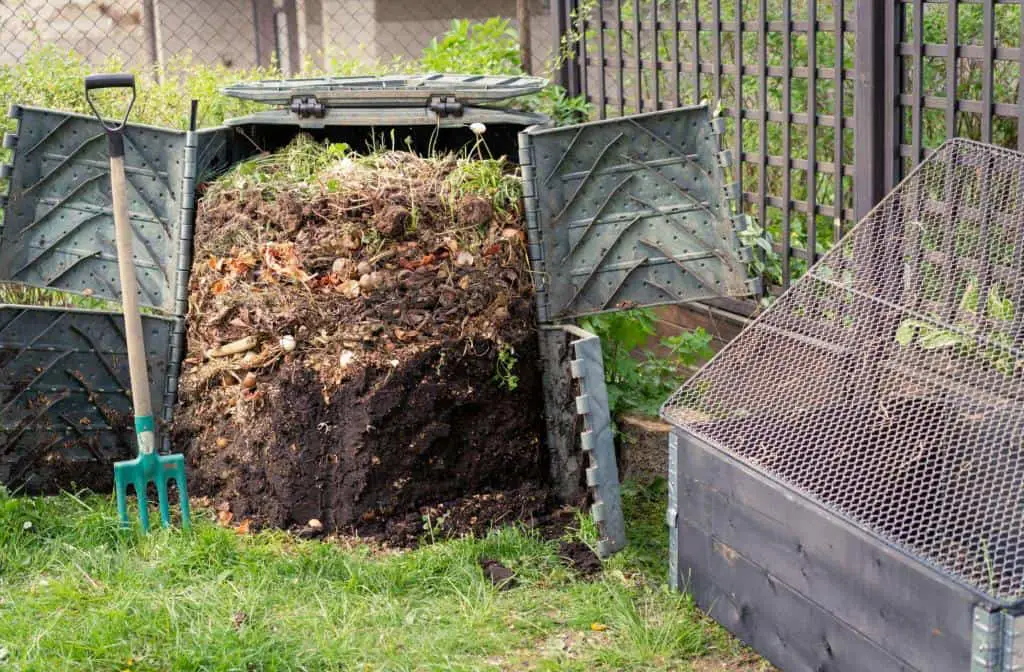
Let us get a good understanding of what composting is before getting into the details. Composting is a natural process. Organic materials decompose to create a nutrient-rich fertilizer known as compost. This valuable substance enhances soil structure, provides essential nutrients for plant growth, and promotes water retention.
Materials Suitable for Composting:
- Green Materials: These are rich in nitrogen and include grass clippings, kitchen scraps, and fresh garden waste.
- Brown Materials: Brown materials are high in carbon. They balance the compost and include dry leaves, straw, and shredded newspaper.
The Benefits of Composting Grass Clippings
Before diving into the how-tos, let’s highlight the why. Composting grass clippings is an excellent way to reduce waste. It also enriches your garden and reduces the need for chemical fertilizers. Here are some key benefits:
- Nutrient-Rich Soil: Grass clippings are a potent source of nitrogen, an essential nutrient for plant growth. Composting them enriches your soil, providing a natural and balanced fertilizer.
- Moisture Retention: Composted grass clippings act as a natural mulch on topsoil, helping the soil retain moisture. This is particularly useful during hot summer months when water evaporation is at its peak.
- Reduced Lawn Thatch: Compost grass clippings instead of bagging them. This prevents the accumulation of thatch on your lawn. Thatch, a layer of dead grass, can inhibit water and nutrient absorption.
- Cost-Effective: Composting grass clippings is cost-effective. You can create your own nutrient-rich soil enhancer at no additional cost, instead of investing in expensive commercial fertilizers.
The Fastest Composting Methods for Grass Clippings
1. Hot Composting
One of the most efficient ways to expedite the decomposition of grass clippings is through hot composting. This method creates an ideal environment for microbial activity. It generates heat and accelerates the degradation process.
To get started, it’s important to gather three essential components: nitrogen-rich green waste (grass clippings), carbon-rich brown material (such as leaves or shredded newspaper), and moisture.
Steps for Hot Composting Grass Clippings:
| Step | Action |
| 1 | Mix green (grass clippings) and brown materials in a 3:1 ratio. |
| 2 | Turn the compost pile regularly to aerate and speed up decomposition. |
| 3 | Maintain a moisture level of around 50-60%. |
| 4 | Monitor temperature – the pile should reach 140-160°F. |
2. Layered Composting
This method involves layering different materials to create a well-balanced compost pile.
Layered Composting Setup:
| Layer | Materials |
| Bottom | Twigs or straw for aeration. |
| Middle | Grass clippings mixed with kitchen scraps. |
| Top | A layer of soil to introduce beneficial microbes. |
3. Compost Tumblers
For those seeking convenience, compost tumblers offer a hands-off approach to composting.
Using a Compost Tumbler for Grass Clippings:
| Step | Action |
| 1 | Fill the tumbler with a mix of green and brown materials. |
| 2 | Turn the tumbler regularly to aerate the contents. |
| 3 | Monitor moisture levels and adjust as needed. |
4. Vermicomposting
If you’re looking for another quick option for composting grass clippings, consider vermiculture or vermicomposting. You can utilize worms! These little wrigglers are excellent decomposers. They can greatly speed up the breakdown process by promoting active bacterial growth within their castings, also known as worm poop. Plus, they produce nutrient-rich worm castings that make excellent fertilizer.
| Step | Action |
| 1 | Create a dedicated worm bin using a large plastic container with air holes drilled into it. |
| 2 | Fill it about two-thirds full with moist bedding material like shredded newspapers or coconut coir mixed with some soil. This will provide both a comfortable home and a diet for the worms. |
| 3 | Introduce your worm workforce by placing them on top of the bedding material. Gradually add in small amounts of grass clippings to avoid overwhelming them with too much all at once. |
| 4 | Make sure to bury the grass under the bedding material as it decomposes, keeping odor and fruit fly problems in check. |
Tips for Successful Grass Clipping Composting
Incorporating hot composting, layer composting, tumblre composting, or vermicomposting into your routine are excellent methods. They quickly break down grass clippings. Your soil also benefits from their nutrient-rich end product. It could be high-quality compost or nutrient-dense worm castings! Below are some essential tips you need to implement to get the best composting results.
- Avoid Pesticides: Ensure that the grass is free from pesticides or herbicides to maintain the health of your compost microorganisms.
- Balanced Ratio: Maintain a balance between green (nitrogen-rich) and brown (carbon-rich) materials for optimal composting.
- Regular Turning: Whether hot composting or using a tumbler, turning the compost regularly enhances aeration and speeds up decomposition.
- Use Compost as Mulch: Once your compost is ready, use it as a nutrient-rich mulch for your garden to promote plant health.
Proper Collection and Preparation
Grass clippings must be collected and prepared correctly in order for the decomposition process to go quickly and well. The first step is to ensure that you collect your grass clippings correctly. To do this, use a lawn mower with a bagging attachment or rake up the clippings after mowing. Leaving them on the lawn can lead to compacted layers that slow down decomposition.
It is also important to make sure no harmful chemicals or pesticides have been applied to your lawn before collecting the grass clippings. These substances can not only disrupt the natural balance of microorganisms in your compost pile but also pose risks when using the resulting compost in gardens or vegetable beds.
To be certain of chemical-free grass clippings, consider adopting an organic approach when caring for your lawn. This means avoiding synthetic fertilizers, herbicides, and pesticides altogether. Instead, choose organic alternatives. For example, use compost-based fertilizers. You can also try natural pest control methods, like hand-picking weeds.
Improving soil health and reducing pests may take time. But these practices will surely speed up grass clippings’ decomposition. Remember, maintaining an eco-friendly yard goes hand in hand with achieving efficient composting outcomes!
| Also see: Topsoil or Compost for Lawn Grass Seed: Which One is Better? |
Achieving Optimal Conditions for Decomposition
Selecting an Appropriate Location for Your Compost Pile
Picking the right spot for your compost pile is one of the most important things you need to do to start composting grass clippings. The ideal spot should strike a balance between convenience and functionality. Place your compost pile in an area that gets plenty of sunlight. It should also be easy to access from your yard or garden.
Ensure that the chosen location provides proper drainage. Waterlogging can impede decomposition. Additionally, try to keep your compost pile away from overhanging trees or structures that may restrict air circulation or drop excessive leaves onto the pile, disrupting its balance.
Creating Proper Air Circulation within the Pile using Turning Techniques
Good airflow is crucial for a healthy and efficient composting process. Oxygen helps create the aerobic conditions necessary for rapid decomposition by promoting microbial activity. This is where regular turning becomes essential.
To ensure adequate oxygen supply, turn your compost pile at least once every week or two with a pitchfork or shovel. Mixing up the materials not only helps break down larger pieces but also prevents compaction and encourages air movement throughout the heap.
Layering Carbon-Rich Materials with Nitrogen-Rich Grass Clippings
For optimum decomposition of grass clippings in quick time, it’s important to create well-balanced layers within your compost pile. As nitrogen-rich green waste like grass clippings tends to compact easily and generate excess moisture during decomposition, layering them alternately with carbon-rich materials will help maintain a proper carbon-to-nitrogen ratio (C:N).
Add dried leaves as a fantastic source of brown matter. Dried leaves as compost are easy to acquire in large quantities during the fall season and provide excellent structure-building properties in your heap while balancing moisture levels effectively.
Aim for roughly equal volumes of greens (grass clippings) and browns (dried leaves) when layering, ensuring a C:N ratio of around 30:1, to foster optimal microbial activity and expedite the decomposition process.
Enhancing Microbial Activity
One of the key factors in speeding up the composting process is maximizing microbial activity. These microscopic organisms, such as bacteria and fungi, play a crucial role in breaking down organic matter. To enhance their presence and effectiveness, consider introducing beneficial microorganisms to your compost pile.
You can achieve this by adding specific additives or using pre-made microbial starter kits that are readily available on the market. These products contain an array of beneficial bacteria and fungi strains, carefully selected to promote speedy decomposition.
The microbes work by accelerating the breakdown of grass clippings and other materials, ultimately transforming them into nutrient-rich soil amendments faster than nature alone.
When selecting an additive or starter kit for your grass clipping compost pile, be sure to choose one that is specifically formulated for organic waste decomposition. Look for products labeled as compost accelerators or composting activators. Follow the instructions provided with these additives to ensure optimal results.
Managing Moisture Levels
One of the key factors in speeding up the composting process for grass clippings is managing moisture levels. Adequate water supply is essential to facilitate decomposition, as it helps microorganisms break down organic matter more efficiently. However, it’s crucial to strike a balance and avoid excessive saturation, which can lead to anaerobic conditions that slow down decomposition.
To maintain optimal moisture levels, aim for dampness equivalent to that of a wrung-out sponge. If your grass clippings are too dry, simply add some water during the composting process. A light sprinkling should suffice, especially if you mix in other green waste materials such as kitchen scraps or vegetable trimmings.
On the other hand, if your compost pile becomes overly saturated due to heavy rain or an overzealous watering session, take action immediately. Turn the pile regularly with a garden fork or shovel to promote airflow and allow excess moisture to evaporate. Alternatively, you can add dry brown materials like leaves or shredded newspaper to absorb excess water and restore proper moisture balance.
Frequent Turning and Monitoring Progress: The Key to Speedy Composting
Timing and frequency of turning are crucial aspects when it comes to accelerating the composting process for grass clippings. Regularly aerating the pile helps introduce oxygen, which is essential for microbial activity and decomposition. Experts recommend turning the compost at least once a week to ensure proper airflow and prevent compacted areas that can slow down decomposition.
However, it’s worth noting that different compost piles have varying requirements depending on their moisture content, composition, and environmental conditions. As such, closely monitoring the progress of your compost is vital in determining the optimal timing for turning. Keep an eye out for signs of effective decomposition such as a decrease in volume, a rise in temperature (ideally between 120-160°F), and a pleasant earthy smell.
Troubleshooting: Common Issues Such as Foul Odors or Slow Decomposition
Composting grass clippings can be a rewarding experience, but like any natural process, it doesn’t always go smoothly. If you’ve encountered foul odors emanating from your compost pile or noticed that the decomposition of your grass clippings seems slower than expected, don’t despair. These common issues can be addressed with a few simple techniques.
One main cause of foul odor is an imbalance in the compost pile’s carbon-to-nitrogen ratio. Grass clippings are rich in nitrogen, so adding too many at once without enough carbon-rich materials (such as dried leaves or shredded paper) can lead to anaerobic conditions and unpleasant smells. To combat this issue, try mixing in ample amounts of dry materials to create a balanced environment. Ideally, aim for a ratio of roughly three parts brown (carbon-rich) material to one part green (nitrogen-rich) material.
Another culprit behind slow decomposition is insufficient airflow within the compost pile. Without oxygen circulation, aerobic bacteria struggle to thrive and break down organic matter efficiently. To remedy this problem, periodically turn and aerate your compost pile using a pitchfork or garden fork. This will introduce much-needed oxygen into the mix and encourage the growth of beneficial microorganisms responsible for speeding up decomposition.
Preventing these issues from occurring is also crucial for hassle-free composting success. One way to prevent foul odors is by layering small amounts of grass clippings between larger quantities of dry materials when initially building your compost pile. This technique creates air pockets necessary for proper ventilation while minimizing nitrogen concentration at any given spot.
| Related: How to Compost Without a Composter |
Harvesting and Utilizing Finished Compost
Once your grass clippings have completed their journey to becoming nutrient-rich compost, it’s time to reap the rewards of your hard work. But how do you know when your compost is truly ready?
The telltale signs of finished compost include a dark brown or black color, an earthy aroma, and a crumbly texture. If you spot any recognizable materials in the mix, such as twigs or leaves, it may need more time.
To ensure that you get the most out of your compost, it’s essential to wait until it has fully decomposed before using it in your garden or lawn. One simple test is grabbing a handful of compost and squeezing it gently. – if moisture drips from your hand but there are still some recognizable bits present, then further decomposition is needed.
Ways to Distribute or Utilize the Rich, Nutrient-Dense Compost
Now that you’ve determined that your grass clipping compost is fully mature and ready to go, there are numerous ways in which you can put this rich resource to good use. One popular method is top-dressing lawns with thin layers of finished compost. By spreading a quarter-inch layer over the surface of existing turfgrass areas once or twice per year (spring and fall), you’ll supply essential nutrients while improving soil structure.
Additionally, grass clipping-based composts provide a wealth of fresh organic matter that is beneficial to vegetable gardens. When planting new seedlings or transplants in garden beds enriched with this nutrient-dense material mixed into existing soil at planting holes, it can help nourish plants throughout their growth cycle – resulting in flourishing vegetables teeming with vibrant color and taste.
Another clever strategy for utilizing finished compost involves brewing up “compost tea.” Simply place a few scoops of well-composted grass clippings into a large container filled with water and let it steep for several days. This nutrient-rich liquid can be applied directly to plants via a watering can or sprayer, offering a quick boost of organic matter that helps promote healthy growth and ward off pesky pests.
Conclusion – Embrace the Power of Experimentation
Throughout this article, we’ve explored a variety of techniques and tips for quickly composting grass clippings. From proper mowing practices to strategic blending with other organic materials, each approach offers its own unique advantages. As you embark on your composting journey, it’s essential to remember that there is no one-size-fits-all solution. The key lies in embracing experimentation.
Composting is both an art and a science, allowing room for creativity and exploration. Don’t be afraid to try different methods or tweak existing ones to suit your specific needs and circumstances. Test out alternative energy sources such as solar-powered composters or experiment with innovative tools like aerators or accelerators designed specifically for grass clippings.
By being open-minded and adaptable, you may stumble upon a technique that surpasses all expectations in terms of speeding up the decomposition process. Share your experiences with others in local gardening communities or online forums; together, we can continuously refine and improve our collective understanding of efficient grass clipping composting.
Remember, the path to quick composting success starts with recognizing that even small changes can have a significant impact when it comes to timeframes involved. So go forth armed with newfound knowledge, enthusiasm for sustainable solutions, and an eagerness to experiment—let nature do its work while you reap the benefits!

